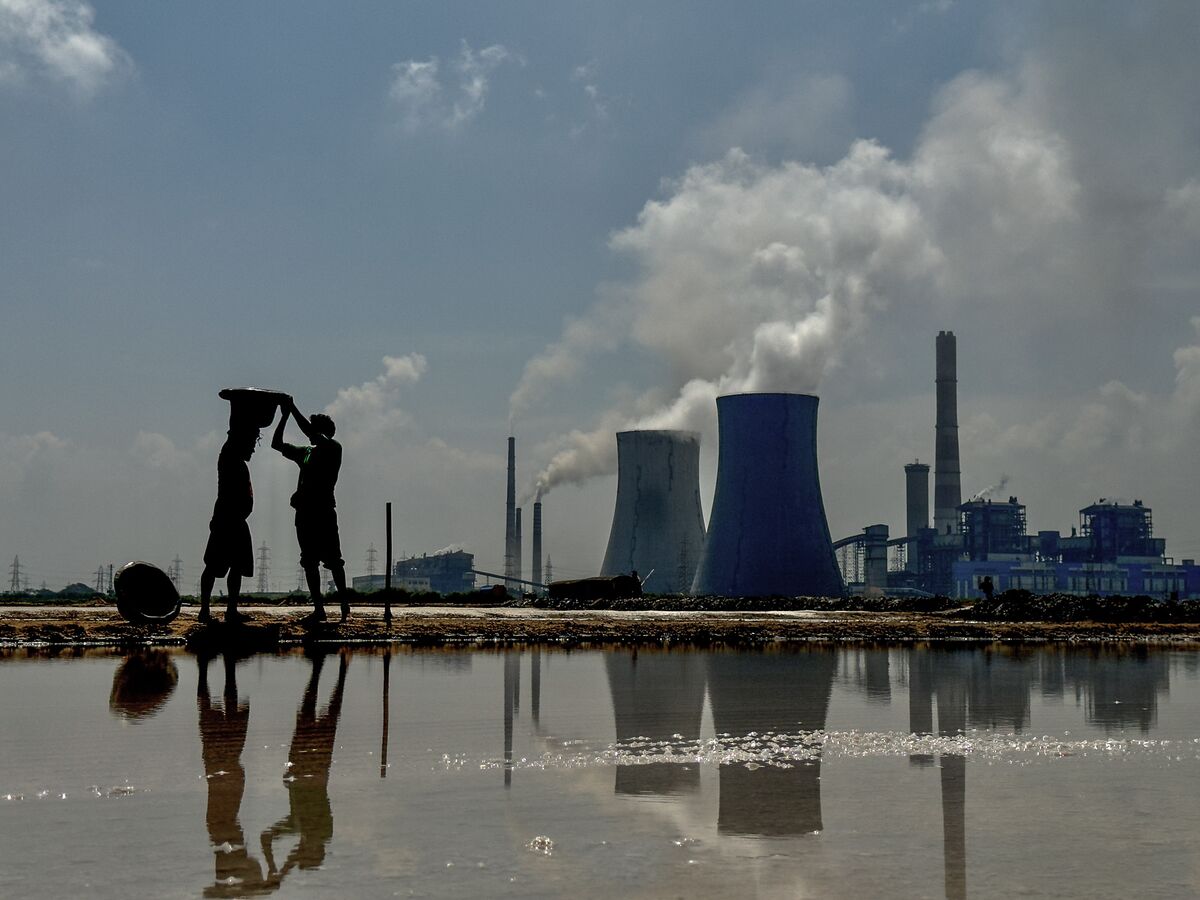In the southern part of India, a power plant located on a strip of salt flats presents a challenge to the country’s rapidly growing economy. Originally designed as a 1,050-megawatt coal plant, it was initially slated for closure due to its age and inability to meet modern pollution standards. However, despite plans to shut it down by 2022, the plant continues to operate at maximum capacity with a utilization rate of 90% recorded in February.
The Tuticorin power plant’s aging boilers consume coal that is transported from mines located nearly 2,000 kilometers away. This long transport distance not only contributes to the plant’s emissions footprint but also adds to the overall emissions of the country. The situation at the power plant highlights India’s struggle to balance the need for reliable energy production with the environmental impact of traditional coal-based power generation.
To address this issue and pave the way towards a more sustainable energy future, initiatives such as the closure of outdated coal plants, investment in renewable energy sources, and improvements in energy efficiency are crucial. These efforts are essential for India’s transition towards a cleaner and more environmentally friendly energy system that can meet the needs of its vast population while reducing emissions and minimizing its environmental impact.
